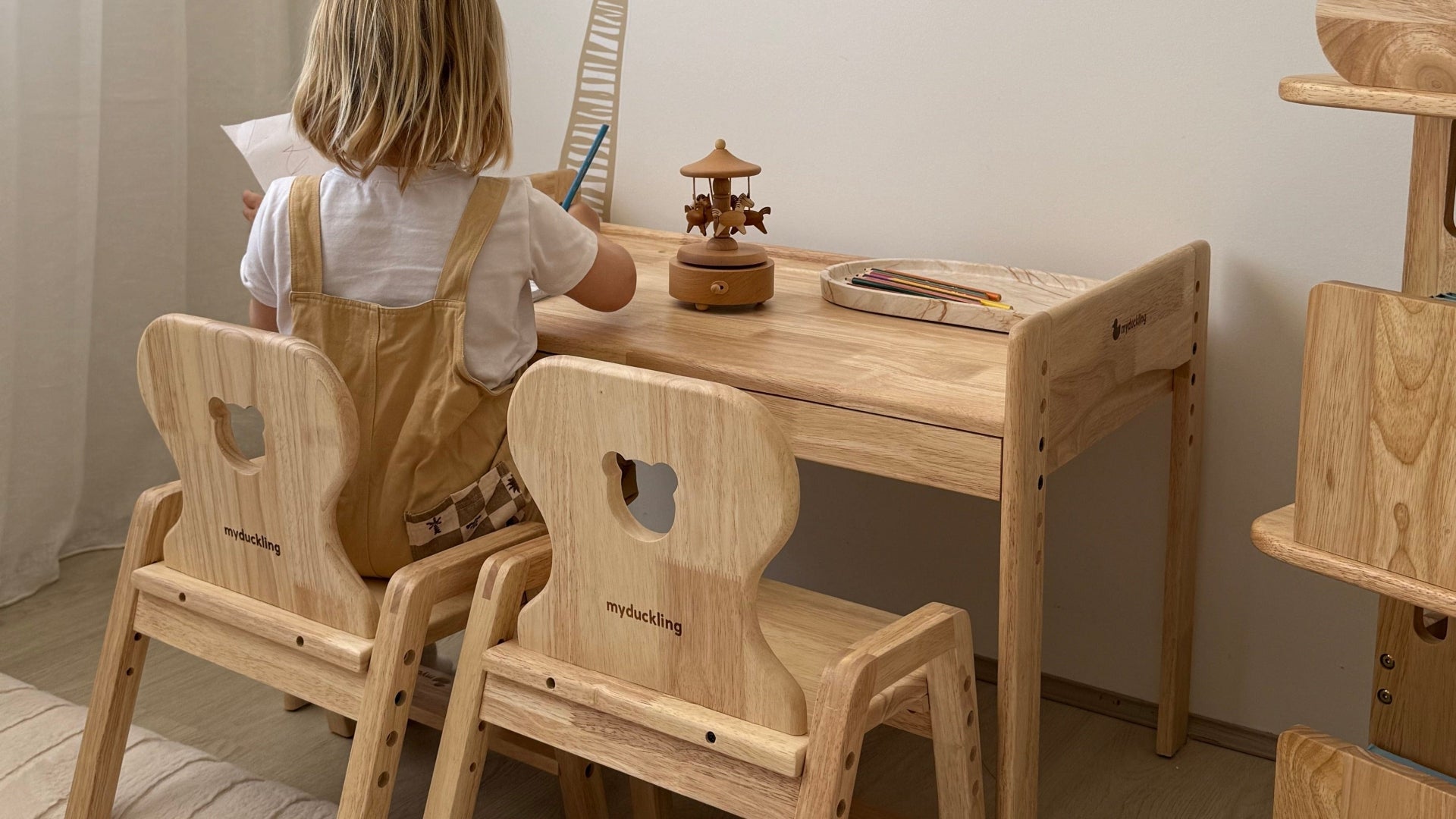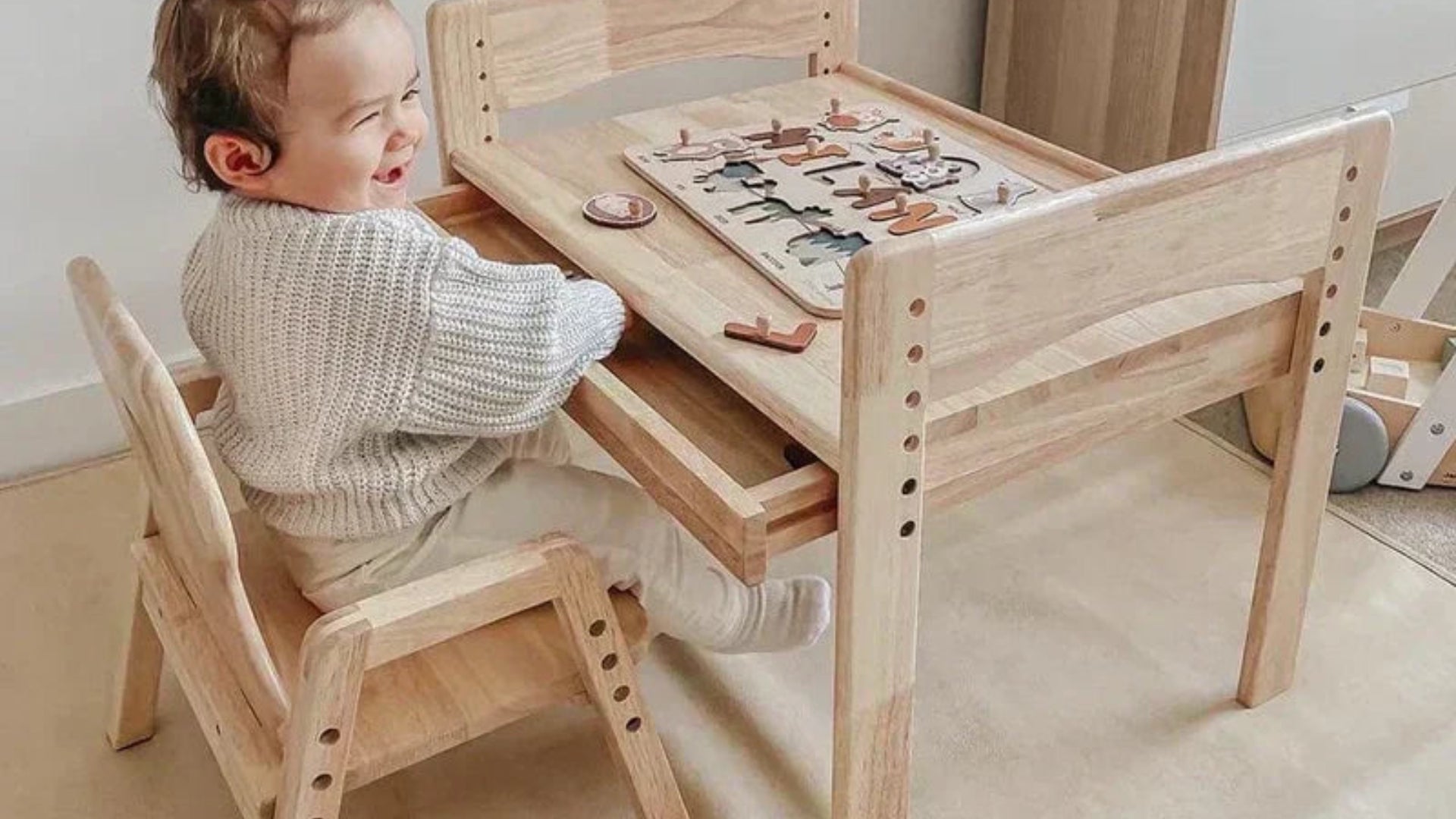
Supporting Your Baby’s First Steps: Tips from a Pediatric Physical Therapist
Watching your toddler take their first independent steps is one of the most exciting moments in early childhood. While this milestone brings joy, it can also be nerve-wracking for parents who want to ensure their baby is developing safely and confidently. Every child develops at their own pace, and with the right guidance—including using a safe and supportive baby walker—you can help your toddler gain balance, strength, and confidence while exploring the world.
Jump to:
- Walking Milestones for Babies
- Practical Ways to Encourage Walking
- Signs Your Baby Might Need Extra Support
- Encouraging Safe First Steps
- Tips on Shoes for Baby’s First Steps
- Final Thoughts
Walking Milestones for Babies

Walking is not an isolated skill; it is the culmination of months of developmental progress. Babies typically follow this sequence:
- 6–9 months: Tummy time, rolling over, and crawling build core and leg strength.
- 9–12 months: Pulling up on furniture, cruising along edges, and standing with support.
- 12–15 months: Taking first independent steps while holding minimal support.
- 15–18 months: Walking steadily without support and beginning to navigate small obstacles.
Resources like the American Academy of Pediatrics walking guide and the CDC Act Early developmental milestones provide helpful information to track your child’s progress. You can also check WebMD and NICHD for practical tips to encourage walking safely.
Practical Ways to Encourage Walking

Pediatric physical therapists recommend several activities to help babies practice walking and gain confidence. Here are some detailed strategies:
1. Encourage Independent Standing
Standing independently strengthens leg muscles and improves balance. Encourage your baby to stand in the middle of a room and distract them with toys, bubbles, or a book. Keep their gaze at eye level to promote upright posture. Even a few seconds of independent standing multiple times a day builds the muscles needed for walking.
2. Play at Vertical Surfaces
Interactive play at vertical surfaces like walls, cabinets, or low tables helps babies engage their core and leg muscles. You can use magnetic toys, sticky notes, or small games on a wall. Your toddler can hold one hand for support while reaching and exploring.
3. Squat and Stand Exercises
Squatting and standing repeatedly strengthen leg and core muscles while improving stability. Scatter toys on the floor and encourage your toddler to pick them up and place them in a basket. You can also hold a small book and ask them to squat to turn pages. These exercises teach your child how to control their body while standing and moving.
4. Cruising and Push Toys
Cruising along furniture and using push toys helps toddlers gain confidence in walking. Place toys or objects just out of reach to motivate them to move. Singing, calling your baby, or playing interactive games encourages movement and builds excitement around walking. You can also complement these exercises with a safe baby walker to provide additional support while fostering independence.
5. The Stuffed Animal Walk
Sometimes toddlers need a bit of emotional support. Let your baby hold a stuffed animal as they take steps, or gently hold one side of the toy while your baby holds the other. This technique often gives children the confidence to walk almost independently. Other objects like broomsticks, hoola hoops, or wooden spoons can also help them feel secure while walking.
6. Walking on Different Surfaces
Once your baby can walk, allow them to try different textures and surfaces, like soft mats, grass, or low steps. This helps them develop balance and coordination, as they adapt to uneven terrain. Always supervise closely to prevent accidents.
Signs Your Baby Might Need Extra Support
Most babies walk between 11–18 months, but some may need extra support. Signs to watch for include:
- Not attempting to pull up or cruise by around 15 months.
- Walking on tiptoes beyond age 2.
- Favoring one side of the body or showing asymmetrical movement.
If these signs appear, consult a pediatrician or pediatric PT. Early intervention can help toddlers achieve walking milestones safely. Learn more at WebMD baby milestones and the NICHD child development guide.
Encouraging Safe First Steps
Every baby’s journey is unique. By providing safe play areas, supportive tools like a children’s walker, and consistent encouragement, you can help your toddler explore the world confidently. Short, supervised practice sessions multiple times a day are more effective than prolonged periods of walking. Celebrate small victories and milestones along the way to reinforce your child’s motivation.
Tips on Shoes for Baby’s First Steps
Experts recommend that babies practice walking barefoot indoors to strengthen foot muscles and develop natural balance. When venturing outdoors, choose soft-soled shoes with a flat sole, heel support, and flexible construction. Velcro straps help keep shoes secure. Trusted brands like Ten Little provide toddler shoes designed to support early walking while allowing freedom of movement. More guidance on footwear can be found at Verywell Family.
Final Thoughts
Watching your toddler take their first steps is a magical moment that blends excitement, curiosity, and a bit of parental anxiety. By understanding developmental milestones, encouraging exercises like standing, squatting, cruising, and using supportive tools like a baby walker, you can make this journey safer, more enjoyable, and confidence-building for your child. Remember, every baby is different, and patience combined with structured support is the key.
✨ Parents, what has your experience been with your baby’s first steps? Did they walk early or take a little longer? Share your stories in the comments to help other parents along this exciting journey!


